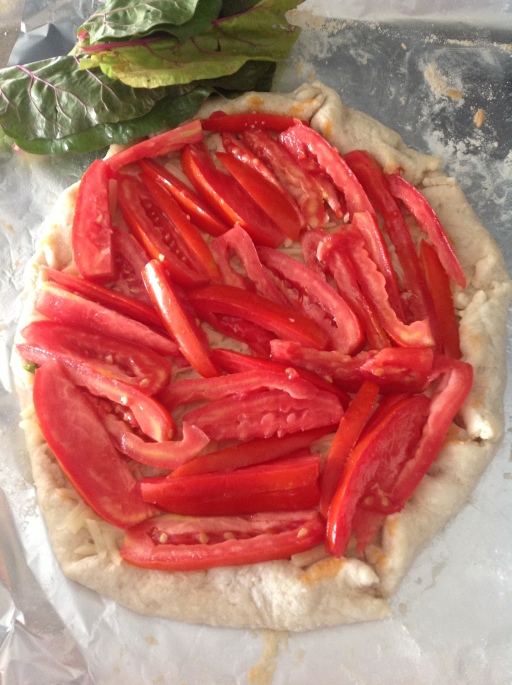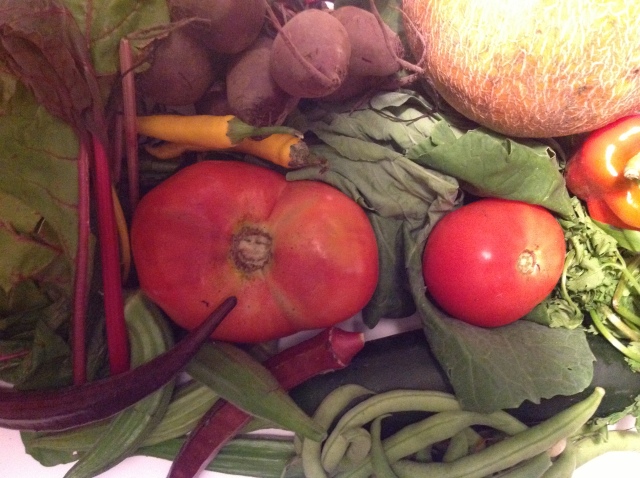So, gumbo didn’t happen.
I couldn’t find a recipe that I loved, which was OK because I didn’t feel like going to the market twice in two days. So I used the mild Italian sausage from yesterday’s trip with the second head of cabbage from the CSA for this Fettuccine with Sausage and Cabbage recipe I found on the website for Real Simple magazine. I used rigatoni noodles instead of fettuccine because, again, I didn’t feel like going to the market; tossed in two pressed cloves of garlic because I only had two shallots; and skipped the chives, because the ones in our patio container garden died during an extended porch railing repair project a couple of weeks ago. (Yet survived last winter. Sad.) Still, the dish was delicious. Mike is finishing it off — cold and directly from the pot — as I type.
Of course, the okra remained. And not just the okra from this week’s share, but what was in last week’s, too. I had to face facts: I wasn’t going to use it all — er, any of it — and the okra was doomed to suffer a slow death in the crisper.
Thankfully, this English woman on YouTube, who pronounces “okra” so adorably, made freezing okra seem super simple. I sorted through the two bags, tossing out a handful that seemed sketchy, and went to work.
Ms. Brit was right. Boiling okra for three minutes, immediately placing it in an ice bath for three minutes, then drying it on the counter before sticking it in a plastic bag could not have been easier. Our okra is now stashed safely in the freezer.
Here’s hoping I remember to use it.








